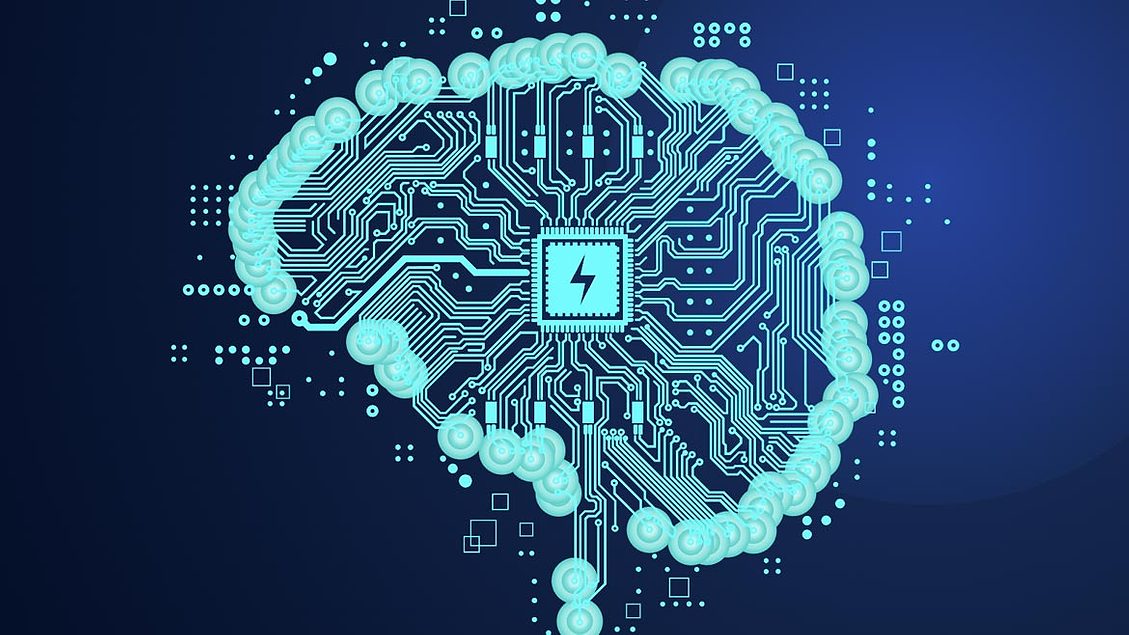- Welcome Our Newest Associate Participating Organizations
- This battery floodlight camera is perfect for my dark yard (and just hit its lowest price)
- I set up portable solar panels in my backyard for a month - and the results impressed me
- Why Docker Chose OCI Artifacts for AI Model Packaging | Docker
- Cisco Live San Diego - that’s a wrap!
The intersection of cybersecurity and artificial intelligence

Cybersecurity and artificial intelligence (AI) are increasingly interconnected, with AI playing a significant role in enhancing cybersecurity measures. This integration is not new, but it has evolved over time as technology advances and cyber threats become more sophisticated.
During the early days of cybersecurity, traditional methods such as firewalls and antivirus software were predominant. AI concepts were present, but practical applications were limited due to computing power and AI algorithm complexity.
In the late 1990s and early 2000s, AI began to play a role in Intrusion Detection Systems (IDS), using techniques to analyze network traffic patterns and detect anomalies that might indicate a security breach. The 2000s also saw an increased use of machine learning techniques in cybersecurity, applying algorithms to analyze data patterns and identify potential threats. Behavioral analysis, a form of AI, gained prominence in detecting malware and other cyber threats by understanding normal behavior and identifying deviations from the norm.
Current trends involve using AI to automate cybersecurity operations and address zero-day threats, where attackers exploit vulnerabilities unknown to software vendors. Machine learning models can identify and respond to suspicious activities that may indicate a zero-day attack.
AI has proven to be a valuable asset in the cybersecurity arsenal, but it is not a silver bullet. The cybersecurity landscape is dynamic, with adversaries continuously developing new tactics and techniques to circumvent existing defenses. IBM reports that 90% of organizations are using AI for cybersecurity in some form. Any new capabilities provided by AI are urgently needed, as 59% of cybersecurity leaders say their teams are understaffed and less than half of organizations (42%) have a high degree of confidence in their cybersecurity team’s ability to detect and respond to threats, according to ISACA’s 2023 State of Cybersecurity research.
One opportunity for cybersecurity teams is to develop new and innovative ways to detect and respond to threats. They can use AI to automate security tasks and to create more business and industry-specific adaptive security solutions. To do this we must consider the cybersecurity team of the future.
By fostering an environment that promotes learning, collaboration, and practical application, cybersecurity leaders can empower their teams to embrace and effectively leverage AI in the context of cybersecurity. It’s important to recognize that the integration of AI is a journey, and providing the necessary support and resources will contribute to the team’s success in adapting to this evolving landscape. Cybersecurity leaders can take several steps to help their teams become more comfortable with and knowledgeable about AI.
It’s important to recognize that the integration of AI is a journey, and providing the necessary support and resources will contribute to the team’s success in adapting to this evolving landscape.”
Foster a culture of continuous learning and professional development. Encourage team members to pursue certifications, attend relevant training programs and participate in conferences or workshops focused on AI in cybersecurity.
Build a sandbox. Encourage team members to engage in hands-on projects that involve implementing AI in cybersecurity scenarios. Practical experience is a powerful way to deepen understanding and build confidence.
Facilitate cross-training opportunities. Encourage cybersecurity professionals to learn from colleagues with expertise in machine learning and AI.
Recognize the importance of dedicating time for learning and experimentation. Allow team members to allocate a portion of their work hours to explore AI technologies, work on projects and enhance their skills.
Celebrate learning achievements. Acknowledge and celebrate team members’ learning achievements. This could include certificates, certifications, completed training programs, or successful implementation of AI solutions in cybersecurity processes.
It is also the responsibility of cybersecurity professionals to keep up with the integration of security and AI. They should focus on developing a diverse set of skills and staying informed about the latest advancements in both fields:
Maintain a strong foundation in traditional cybersecurity principles. This includes network security, cryptography, access control and security policies. Understanding these basics is essential for building effective security measures around AI systems.
Acquire a foundational understanding of machine learning (ML) and AI concepts. This includes supervised and unsupervised learning, reinforcement learning, neural networks and common ML algorithms. This knowledge is crucial for understanding the capabilities and limitations of AI in cybersecurity.
Develop skills in data science and analysis. AI in cybersecurity often involves processing and interpreting large datasets. Learn how to use tools like Python, R and data visualization tools for effective analysis.
Gain insights into adversarial machine learning. This involves understanding how AI models can be manipulated or exploited by malicious actors. Learn techniques for securing AI models against adversarial attacks.
Ethical hacking and penetration testing. Stay current with ethical hacking and penetration testing techniques. Understand how AI can be used to identify vulnerabilities and simulate cyberattacks. Familiarize yourself with tools and methodologies used in penetration testing.
While AI is a powerful tool in the cybersecurity arsenal, it is important to use it in conjunction with human expertise and ongoing research and development. The synergy between AI and human intelligence is crucial for staying one step ahead of cyber adversaries.

